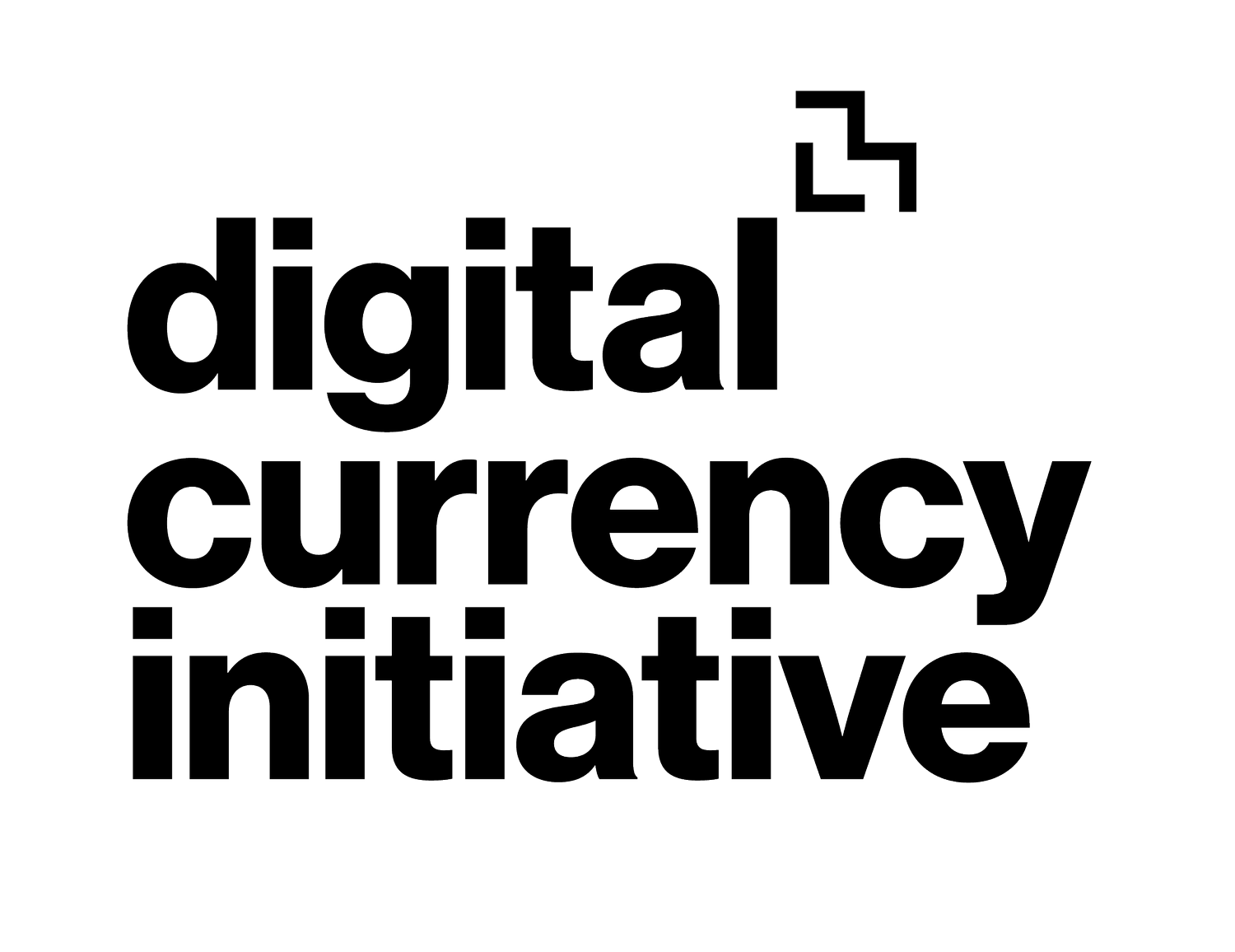
The GENIUS Act is Now Law. What’s Missing?
The GENIUS Act is a landmark moment for stablecoin regulation in the US and introduces a step forward in bringing private digital dollars into the regulated financial system. But now comes the hard part: regulators from agencies like the Fed, Treasury, OCC and FinCEN will need to work together to decide how these rules get implemented, are enforced and are evolved.

Will Stablecoins Impact the US Treasury Market?
Stablecoin issuers hold a significant amount of US Treasury securities, which is a conventionally conservative strategy. But even the Treasury markets can be susceptible to strain, and if stablecoins grow large enough, a run could cause these markets to seize. Regulators and policymakers are going to have to face the question of whether stablecoin issuers will have access to the Fed Discount Window, and if not, what if any structural safeguards are needed to protect the US Treasury market?

A new research network for Bitcoin and digital currency
We’re creating a new global research network to 1) study Bitcoin and stablecoin use, especially in the global south, 2) build technology capacity, and 3) understand how to better design applications and protocols to empower people to financially flourish. We’re starting with an MIT-UnB course open to anyone to teach. Get involved here.

Stablecoins and the Limits of Existing Analogies
Stablecoins are an extension of today’s monetary system and share many attributes with legacy finance. However, a nuanced analysis reveals crucial differences in financial and technical vulnerabilities. In our latest post from the MIT DCI, we explore some of these differences.

Evaluating usage of the Whirlpool Bitcoin privacy protocol
The privacy problem in Bitcoin
One downside of using a cryptocurrency like Bitcoin is that all transactions are publicly visible -- anyone in the world can see amounts, spending and receiving addresses, and the transaction graph of all Bitcoin transactions. Though addresses need not contain personally identifying information, a blockchain observer might have access to off-chain information that lets them identify which addresses belong to which users. Users can generate new addresses for every payment, but many don’t, and this doesn’t obscure how funds are further spent.
It is a common misconception that this level of transparency is only an issue for criminals who want to hide how they are moving their money. This is not true. To illustrate why this is a problem even for regular consumers, imagine that a user gets paid by their employer on-chain in bitcoin. The employer can directly observe how the user further spends that money on-chain, and might be able to see, for example, if a user pays to a well-known charity address (donation addresses are typically reused) or to a medical professional. By default, using vanilla Bitcoin can leak sensitive personal information about a user to their employer that we would normally expect to be private.

1:1 Redemptions for Some, Not All
The Crucial Promise
Stablecoin issuers offer a simple proposition: send one dollar to the stablecoin issuer in exchange for a digital token that represents that dollar on a blockchain. That stablecoin, for example, can be used as a payment tool or a store of value, and the issuer promises to redeem it for a dollar later. This simple promise of 1:1 redemption, known as par-value exchange, is more complicated than many realize and depends on a series of assumptions.

Self-Custody or Bust
Financial infrastructure has long centered on assets in which the spender does not actually hold custody. But self-custody isn’t an aberration ready to be disposed of; it’s a world of potential enhancement to human self-determination! Despite the dominance of intermediated, custodied, payment platforms and shrinking cash use, the rumors of self-custody's death are (hopefully) greatly exaggerated.

A Decade of Digital Currency at MIT
A year ago I toured the gold vault beneath the New York Fed. You might recall it from the classic 1995 movie Die Hard with a Vengeance, but in case you aren’t familiar: It’s the world’s largest depository of monetary gold, storing over 6,000 tons 80 feet below Manhattan and protected by airtight vaults and its own police force.
The first thing I thought when I was down there was wow, gold is very shiny. The second was wow, gold bars are surprisingly heavy, in part because of its density (bars are 28 pounds). They make you wear metal shoe covers to hold one in case you drop it on your foot. But the third thing I thought is “THIS is what the global monetary system rests on? This is just so antiquated.”

The MIT Digital Currency Initiative bids farewell to Tadge Dryja
Five years ago, I was in the Boston area for a week and I hung out at the DCI.
It wasn't much of a space back then—really more like a closet. But there were ethernet ports in the walls, assorted cables, and computer accessories, and a couch with occasional undergrads hanging out, coding, or discussing the finer points of cryptocurrencies. It was welcoming, and a lot of fun. I brought a computer and started working, and talking to people about Bitcoin, and helping some students with their projects…

Bitcoin’s (un)common good
Digital Currency Initiative at the MIT Media Lab Launches New Bitcoin Software and Security Effort with Industry Leaders
Thanks to millions of open source developer hours over the past 12 years, and a burgeoning and supportive ecosystem, Bitcoin is no longer an obscure cryptographic toy. It is now an open-source financial network that secures on the order of $1T of value.
As the use of Bitcoin grows, and as it becomes more deeply embedded into our societies, the security of the network must grow and strengthen alongside it. Yet, as a common good, there is no one single Bitcoin protector or guardian to take on this formidable task. By design, there is no central command. And while this presents significant logistical challenges, it is also the distinguishing feature perhaps most unique to Bitcoin: no central point of failure. Bitcoin's nearly-uninterrupted operation over the years is a testament to the power of decentralization…

Utreexo demo release 0.2
The goal of Utreexo is to make running a full node easier, faster, and smaller, and while that’s more of an asymptote than a point on any curve, we’re getting there. Today we’ve released Utreexo demonstration 0.2, which pairs the Utreexo accumulator with a modified version of btcd(temporarily called utcd). Most of the utcd work was done by Calvin Kim, as Niklas Gögge and myself have been working on improving the accumulator and how it interacts with the bitcoin data structures. Calvin has written a post about the work as well.
This new release works more like a normal bitcoin node: it starts up, finds peers, and verifies the blockchain. There are still things it doesn’t have, like a mempool, or a way to deal with reorgs. (It currently deals with reorgs by crashing.)

Utreexo's First Demonstration
DCI Research Scientist Tadge Dryja released the Utreexo Demonstration today through a Medium post.
“I’m excited to announce the release of the first demonstration of Utreexo. Utreexo is a new scalability technology for Bitcoin, which can make Bitcoin nodes smaller and faster while keeping the same security and privacy as full nodes.”
Reorgs on Bitcoin Gold: Counterattacks in the wild - Medium Post by James Lovejoy
The economic security of Bitcoin and other proof-of-work cryptocurrencies relies on how expensive it is to rewrite the blockchain. If a 51% attack were economically feasible, an attacker could send a transaction to a victim, launch the attack, and then double spend the same coins back to themselves. Satoshi Nakamoto assumed that this would not occur because a majority of miners would find it more lucrative to honestly follow the protocol than to attack the chain, the source of their own mining revenues.
